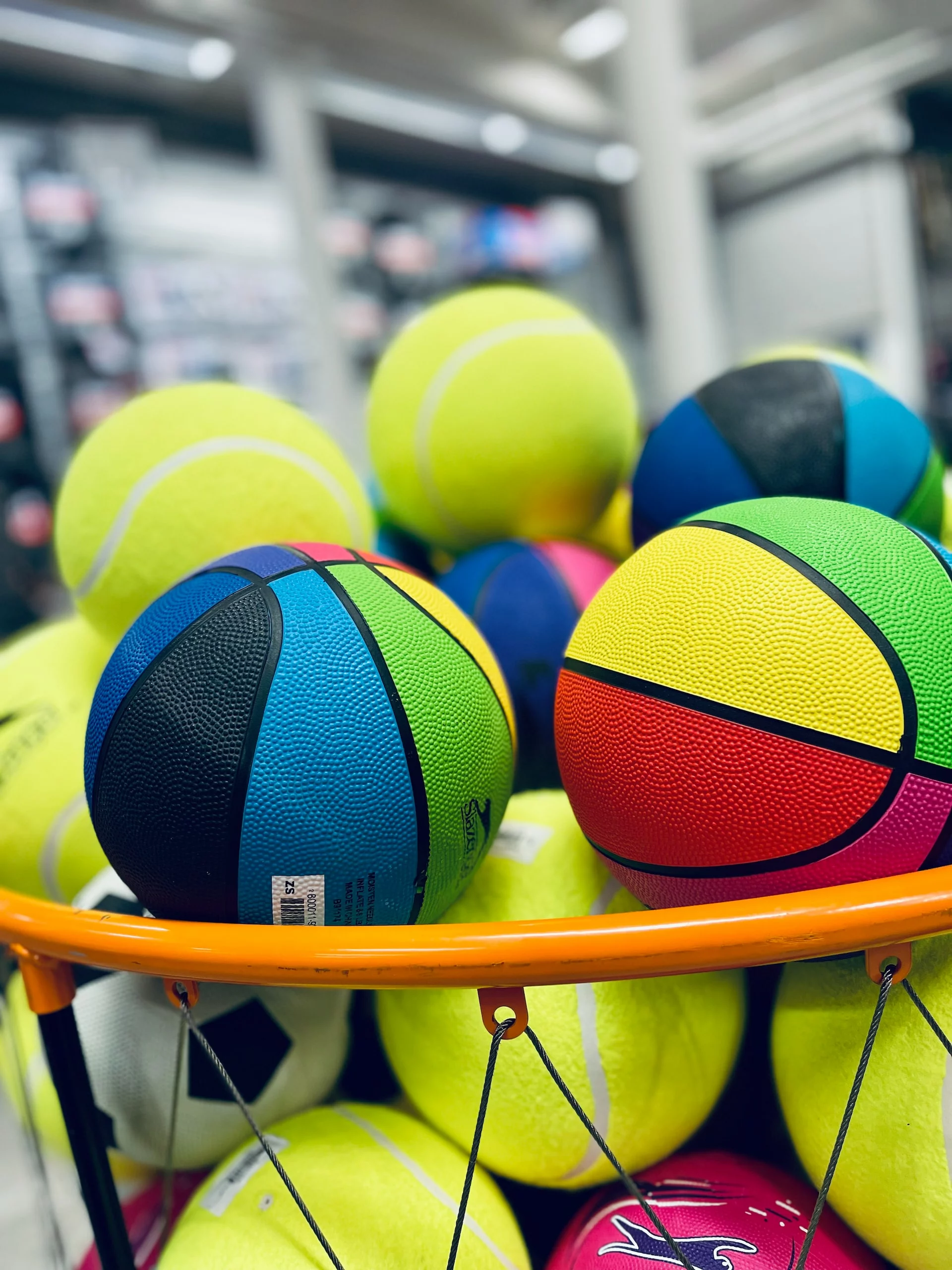Did you know that the sporting goods industry is worth over $80 billion? And that the used sporting goods market is growing at a rate of 5% each year? If you’re looking for a unique business opportunity, then starting a used sporting goods store could be perfect for you! In this ultimate guide, we’ll show you everything you need to know about how to start your own successful used sporting goods business. From finding the right location to stocking your shelves, we’ve got you covered. So let’s get started!
Table of Contents
- What is a Used Sporting Goods Store?
- Why would I want to start a used sporting goods store?
- How do I start a used sporting goods store?
- How much does it cost to start a used sporting goods shop?
- How do I find customers for my used sporting goods store?
What is a Used Sporting Goods Store?
A used sporting goods store is a unique startup opportunity for entrepreneurs looking to tap into the booming industry of sports and fitness. With equipment often pricey, a used sporting goods store provides customers with high-quality, affordable options for everything from basketballs to weightlifting sets.
It also allows individuals to easily sell their gently-used sporting equipment, creating a win-win situation for both buyers and sellers. As fitness continues to trend upward, a used sporting goods store presents a profitable business venture for enterprising individuals.
Why would I want to start a used sporting goods store?
Though starting any business comes with a unique set of challenges, there are several reasons why starting a used sporting goods store can be a particularly attractive option for entrepreneurs.

For one, the used sporting goods market is currently underserved, with only a handful of major players dominating the space. This leaves plenty of room for new entrants to come in and carve out a niche for themselves. In addition, used sporting goods stores typically require relatively low levels of initial investment, which can make them more feasible for entrepreneurs who may not have a lot of capital to work with. Finally, though the industry is competitive, it is not overly saturated, meaning that there is still room for growth.
Used Sporting Goods Stores are Underserved
The used sporting goods market is currently dominated by just a few major players, such as Play It Again Sports and Dick’s Sporting Goods. This leaves plenty of room for new entrants to come in and carve out a niche for themselves. There are many smaller markets within the broader industry that are underserved or even completely unserved by the current crop of used sporting goods stores. For example, there are very few stores that specialize in selling used golf equipment, despite the fact that there are millions of avid golfers in the United States alone. This presents a unique opportunity for entrepreneurs looking to get involved in the industry.
Initial Investment is Relatively Low
Another reason why starting a used sporting goods store can be appealing is that the Initial investment required is relatively low. This is due in part to the fact that used goods can be sourced directly from customers rather than having to be purchased from suppliers. In addition, used sporting goods stores often do not require much in the way of physical plant or inventory, as they can be run out of small retail spaces and stock only a limited selection of items. This makes them particularly well-suited for entrepreneurs who may not have a lot of capital to work with.
There is still Room for Growth
Though the industry is competitive, it is not overly saturated, meaning that there is still room for growth. In addition, the industry has been growing steadily over the past few years as more and more people have become interested in pursuing healthy lifestyles and exploring outdoor activities. This trend shows no signs of slowing down anytime soon, making now an ideal time to get involved in the used sporting goods business.
How do I start a used sporting goods store?
According to the National Sports Equipment Association, the used sporting goods industry is currently worth $28 billion. With such a large market, there is room for many small businesses, like used sporting goods stores, to find their niche and succeed. So, how do you start a used sporting goods store? Keep reading to find out.
There are a few key things you need to do in order to start a successful used sporting goods store:
- Find the right location
- Create a business plan
- Build a great team
- Stock your shelves
- Promote your business
Find the Right Location
The first step to starting any retail business is finding the right location. For a used sporting goods store, you want to find a spot that gets high foot traffic but isn’t surrounded by other similar stores. You also want to make sure that your store is easily accessible and has good parking. Once you’ve found the perfect location, you can move on to the next step.
Create a Business Plan
Any good business starts with a solid business plan. This document will outline your company’s goals, strategies, and financial projections. Creating a business plan will force you to think about every aspect of your business, from marketing to finances, and will help you get financing from investors or lenders if you need it. If you’re not sure where to start, there are plenty of templates and resources online that can help you create a comprehensive business plan.
Build a Great Team
No retail business can succeed without a great team in place. When hiring for your used sporting goods store, look for people who are passionate about sports and have experience working in retail. Train your team members on everything they need to know about the products you sell and stress the importance of providing excellent customer service. With a great team in place, you’ll be ready to open your doors for business.
Stock Your Shelves
Now comes the fun part: stocking your shelves! When deciding what products to carry in your store, it’s important to consider what local sports teams are popular and what kind of equipment is in demand. You should also price your items competitively so that customers know they’re getting a good deal when they shop with you. And don’t forget to include some floor space for seasonal items like playground balls and swim gear in the summer months!
Promote Your Business
The final step in opening your used sporting goods store is promoting your business so that people know it exists! There are many ways to promote your store, including advertising in local newspapers or online directories, distributing flyers or coupons in the community, and setting up social media accounts. Get creative and make sure customers know where they can go to buy affordable secondhand sports equipment.
Overall, starting a used sporting goods store can be a great way to tap into the billion-dollar industry of selling previously owned sports gear. By finding the right location , assemblinga strong team ,and stocking shelves with popular items at competitive prices ,you set yourself up for success
How much does it cost to start a used sporting goods shop?
A used sporting goods shop can be a great business venture. It can provide you with a steady stream of income and can be a lot of fun to operate. But how much does it cost to start a used sporting goods shop?
The answer to that question depends on a number of factors, including the size of the shop, the location, and the inventory. The average start-up cost is between $100,000 and $500,000. This includes the cost of inventory, display cases, shelving, signage, and point-of-sale (POS) systems. The cheapest way to start a used sporting goods shop is by using recycled materials and/or secondhand displays. Here’s a look at some of the costs you can expect to incurred when starting a used sporting goods shop.
There are a few things to consider when deciding how much to spend on start-up costs. The first is the type of merchandise you’ll be selling. If you plan on selling high-end items, you’ll need to invest in more expensive displays and shelving. Second is the location of your store. If you’re in a high-traffic area, you can get away with spending less on advertising and more on displays. Finally, you need to consider your target market. If you’re selling to budget-conscious consumers, your start-up costs will be lower than if you’re selling to luxury consumers.
Rent or Mortgage
One of the biggest costs you’ll incur when starting a used sporting goods shop is the cost of rent or a mortgage. The amount you’ll need to pay will depend on the size and location of your shop. If you’re looking to open a small shop in a rural area, you can expect to pay much less in rent or a mortgage than if you’re looking to open a large shop in a major city.
Inventory
Another big cost you’ll need to consider is the cost of inventory. The amount of inventory you’ll need will depend on the size of your shop and the types of sporting goods you plan on selling. If you’re planning on selling higher-end items, such as golf clubs or bicycles, you can expect to pay more for inventory than if you’re planning on selling lower-end items, such as t-shirts or baseballs.
Inventory Costs
The cost of inventory will vary depending on the types of products you sell and where you source them from. For example, if you sell used sports equipment, you can source your inventory from garage sales, thrift stores, and online auctions. However, if you sell vintage sports memorabilia, you’ll need to source your inventory from antique dealers and private collectors. The cost of inventory will also be affected by whether or not you offer financing options to your customers.
Display Case Costs
One important factor in deciding how much to spend on start-up costs is the type of merchandise you’ll be selling. If you plan on selling high-end items, such as vintage sports memorabilia or rare coins, you’ll need to invest in more expensive display cases. Glass cases with built-in lighting are typically the most expensive option, followed by wood cases with glass doors. The least expensive option is an open display case made from wire or plastic tubing.
Shelving Costs
Shelving can be one of the most expensive start-up costs for a used sporting goods shop because it needs to be durable enough to hold heavy items like weights and exercise equipment. Metal shelving is the most durable option but it’s also the most expensive. Wooden shelving is a cheaper option but it’s not as strong and may require some reinforcement for heavy items. Wire shelving is the cheapest option but it’s not as reliable as metal or wood shelves.
Signage Costs
Signage is another important factor in deciding how much to spend on start-up costs for a used sporting goods shop because it needs to be visible from a distance and legible up close. Neon signs are highly visible but they’re also very expensive so they may not be an option for smaller businesses. LED Signs are less expensive than neon signs but they’re not as bright so they may not be as effective in attracting customers from a distance. A cheaper option is a vinyl banner which can be hung from the ceiling or mounted on the outside of the building but it’s not as durable as neon or LED signs so it will need to be replaced more often.
Employees
If you plan on hiring employees, that’s another cost you’ll need to factor in. The number of employees you’ll need will depend on the size of your shop and the hours you plan on being open. You’ll also need to consider the cost of employee training and background checks.
Starting a used sporting goods shop can be a great business venture, but it’s important to know how much it will cost to get started. Rent or mortgage payments, inventory costs, and employee salaries are just some of the expenses you’ll need to take into account. By doing your research and planning ahead, you can be sure that your new business venture is off to a successful start.
How do I find customers for my used sporting goods store?
Congratulations on starting your own used sporting goods store! This is a great way to make some extra income while doing something you love. But now that you’ve got your business up and running, you may be wondering how to find customers. Here are a few ideas to get you started.
Get involved in the community.
One of the best ways to find customers is to get involved in the community where your store is located. Attend local events, sponsor youth sports teams, or donate to charities. This will help spread the word about your business and let people know that you’re invested in the community.
Chances are, there are used sporting goods stores in your area. What can you offer that they don’t? Think about the niche you’d like to fill and make sure your inventory reflects that. For example, maybe you want to focus on selling only eco-friendly sports equipment or gear for underprivileged youth. There’s room for everyone in the market, so find your niche and go for it!
Use social media to reach new customers.
Social media is a powerful tool that can help you reach new customers for your used sporting goods store. Be sure to set up accounts on all of the major platforms (Facebook, Instagram, Twitter, etc.) and post engaging content regularly. You should also run ads on social media to reach even more people. Make sure to target your ads so they’re only seen by people in your area who are interested in sports equipment and gear.
Advertise online.
With so many people shopping online these days, it’s important to make sure that your store is visible online. Create a website or blog and make sure to include keywords that potential customers might use when search for used sporting goods stores. You can also advertise on social media or through online directories.
Hold special events.
Hosting special events at your store is a great way to attract attention and generate interest. Offer discounts, give away prizes, or hold workshops or demonstrations. This will show potential customers that your store is the go-to place for used sporting goods.
Finding customers for your used sporting goods store doesn’t have to be difficult—with a little effort and creativity, you’ll be well on your way to attracting new business. By getting involved in the community, advertising online, and holding special events, you’ll be able to reach potential customers and show them why your store is the best place to buy used sporting goods.

